
The Denver Nuggets are an American professional basketball team based in Denver. The Nuggets compete in the National Basketball Association (NBA) as a member of the Northwest Division of the Western Conference. The team was founded as the Denver Larks in 1967 as a charter franchise of the American Basketball Association (ABA) but changed their name to the Rockets before the first season. The Rockets then changed their name again to the Nuggets in 1974. After the name change, the Nuggets played for the final ABA Championship title in 1976, losing to the New York Nets.
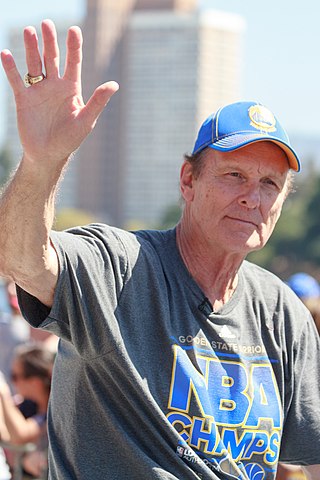
Richard Francis Dennis Barry III is an American retired professional basketball player who starred at the NCAA, American Basketball Association (ABA) and National Basketball Association (NBA) levels. Barry ranks among the most prolific scorers and all-around players in basketball history. He is the only one to lead the National Collegiate Athletic Association (NCAA), ABA, and NBA in points per game in a season. He ranks as the all-time ABA scoring leader in regular season and postseason (33.5) play, while his 36.3 points per game are the most in the NBA Finals history. Barry was also the only player to score at least 50 points in a Game 7 of the playoffs in either league until Stephen Curry and Jayson Tatum both reached that mark in 2023. He is one of only four players to be a part of a championship team in both leagues.

The Kentucky Colonels were a member of the American Basketball Association (ABA) for all of the league's nine years. The name is derived from the historic Kentucky Colonels. The Colonels won the most games and had the highest winning percentage of any franchise in the league's history, but the team did not join the National Basketball Association (NBA) in the 1976 ABA–NBA merger. The downtown Louisville Convention Center was the Colonels' venue for their first three seasons before moving to Freedom Hall for the remaining seasons, beginning with the 1970–71 schedule.

Moses Eugene Malone Sr. was an American professional basketball player who played in both the American Basketball Association (ABA) and the National Basketball Association (NBA) from 1974 through 1995. A center, he was named the NBA Most Valuable Player (MVP) three times, was a 12-time NBA All-Star and an eight-time All-NBA Team selection. Malone led the Philadelphia 76ers to an NBA championship in 1983, winning both the league and Finals MVP. He was inducted into the Naismith Memorial Basketball Hall of Fame in his first year of eligibility in 2001. Widely regarded as one of the greatest players in the sport's history, Malone is also seen as one of the most underrated NBA players.

Robert Clyde Jones is an American former professional basketball player who played for the Denver Nuggets in the American Basketball Association (ABA) and the Philadelphia 76ers in the National Basketball Association (NBA). Nicknamed "the Secretary of Defense", Jones won an NBA championship with the 76ers in 1983, was a four-time NBA All-Star, an eight-time member of the NBA All-Defensive Team, and was the NBA Sixth Man of the Year in 1983.

Alexander Murray Hannum was a professional basketball player and coach. Hannum coached two National Basketball Association (NBA) teams and one American Basketball Association (ABA) team to league championships. He had a combined NBA-ABA record of 649–564 (.535) in the regular season and 61–46 (.570) in the playoffs over 16 seasons. In 1998, he was inducted into the Naismith Memorial Basketball Hall of Fame as a coach.
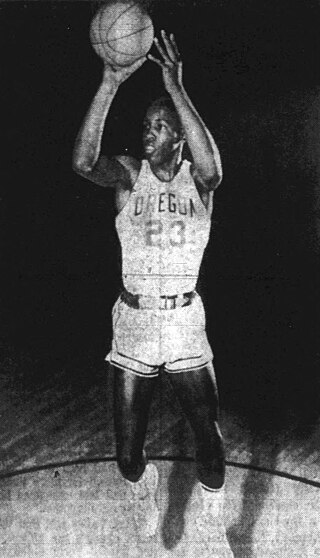
Stephen Howard "Snapper" Jones was an American basketball player in the American Basketball Association (ABA) and National Basketball Association (NBA), and later a television analyst. He was a three-time ABA All-Star. Jones' brother Nick also played in the ABA and NBA. During his time in the ABA, Jones picked up the moniker "Snapper" but he never revealed how it came to be.

Caldwell "Pops" Jones Jr. was an American professional basketball player.

Steven Charles Mix, nicknamed "The Mayor", is an American former professional basketball player and coach. Mix had a thirteen year playing career, was an NBA All-Star and played in the NBA Finals on four occasions. He later had a lengthy career as a broadcaster for the Philadelphia 76ers.

Swen Erick Nater is a Dutch former professional basketball player. He played primarily in the American Basketball Association (ABA) and National Basketball Association (NBA), and is the only player to have led both the NBA and ABA in rebounding. Nater was a two-time ABA All-Star and was the 1974 ABA Rookie of the Year. He played college basketball for the UCLA Bruins, winning two National Collegiate Athletic Association (NCAA) titles.
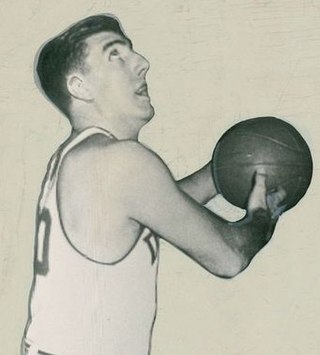
Vincent Joseph Boryla was an American basketball player, coach and executive. His nickname was "Moose". He graduated from East Chicago Washington High School in 1944. He played basketball at the University of Notre Dame and the University of Denver, where he was named a consensus All-American in 1949. Boryla was part of the U.S team that won the gold medal at the 1948 Summer Olympics in London.
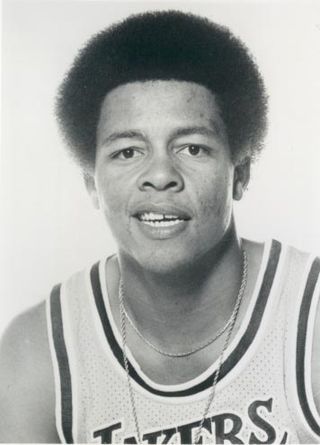
Mack Calvin is an American former basketball player. A five-time ABA All-Star, Calvin recorded the second most assists in ABA history, and was later named to the ABA All-Time Team.
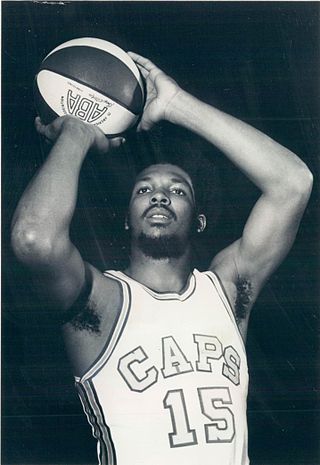
Warren Jabali was an American basketball player. He played professionally in the American Basketball Association (ABA) from 1968 to 1975.

Lawrence T. Cannon is an American retired basketball player. Born and raised in Philadelphia, Cannon was selected in the first round of the 1969 NBA draft by the Chicago Bulls with the fifth overall pick. Cannon was an American Basketball Association All-Star, who averaged 16.6 points per game in his ABA/NBA career after his All-American career at LaSalle College. Cannon was forced to retire from basketball due to a chronic medical condition, phlebitis in his legs.
The 1976 ABA All Star Game was the ninth and final American Basketball Association All-Star Game, played at McNichols Arena in Denver, Colorado, on January 27, 1976. This time, the league abandoned the usual East vs. West format it used from the 1967-68 season onward and instead had the league's first-place team at the All Star break face off against a team of ABA All Stars. The change was decided given the league's reduction from ten to seven teams and from two divisions to only one. At the All-Star break, the Denver Nuggets were in first place, which was convenient as the Nuggets had also been selected to host the game in McNichols Arena. Kevin Loughery of the New York Nets coached the All-Stars while Larry Brown led the Denver Nuggets. This was the second year in a row that Loughery and Brown coached against each other in the ABA All-Star Game.

Walter Piatkowski, Jr. is a retired American professional basketball player.
The 1969–70 ABA season was the third season of the American Basketball Association. Prior to the start of the season, the Minnesota Pipers moved back to Pittsburgh, the Oakland Oaks moved to Washington, D.C., and became the Washington Caps and the Houston Mavericks moved to North Carolina and became the Carolina Cougars. For the regular-season, the schedule was increased from 78 to 84 games per team. The season ended with the Indiana Pacers capturing their first ABA Championship.
Eddie Mast was an American professional basketball player who played for the New York Knicks and Atlanta Hawks of the National Basketball Association (NBA).
Arvesta Kelly is an American former professional basketball player. A combo guard, he played four seasons in the American Basketball Association (ABA), winning a league championship with the Pittsburgh Pipers in 1968.
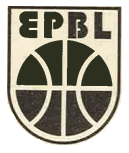
The European Professional Basketball League (EPBL) was a professional basketball league held in Europe in 1975. Despite being played in five European countries (Belgium, Israel, Spain, Switzerland and West Germany) it was for the most part owned and operated by American investors with virtually no European players taking part. Opposed by most European basketball authorities such as FIBA, it generated little popular support and ended its first and only season prematurely in April 1975.















